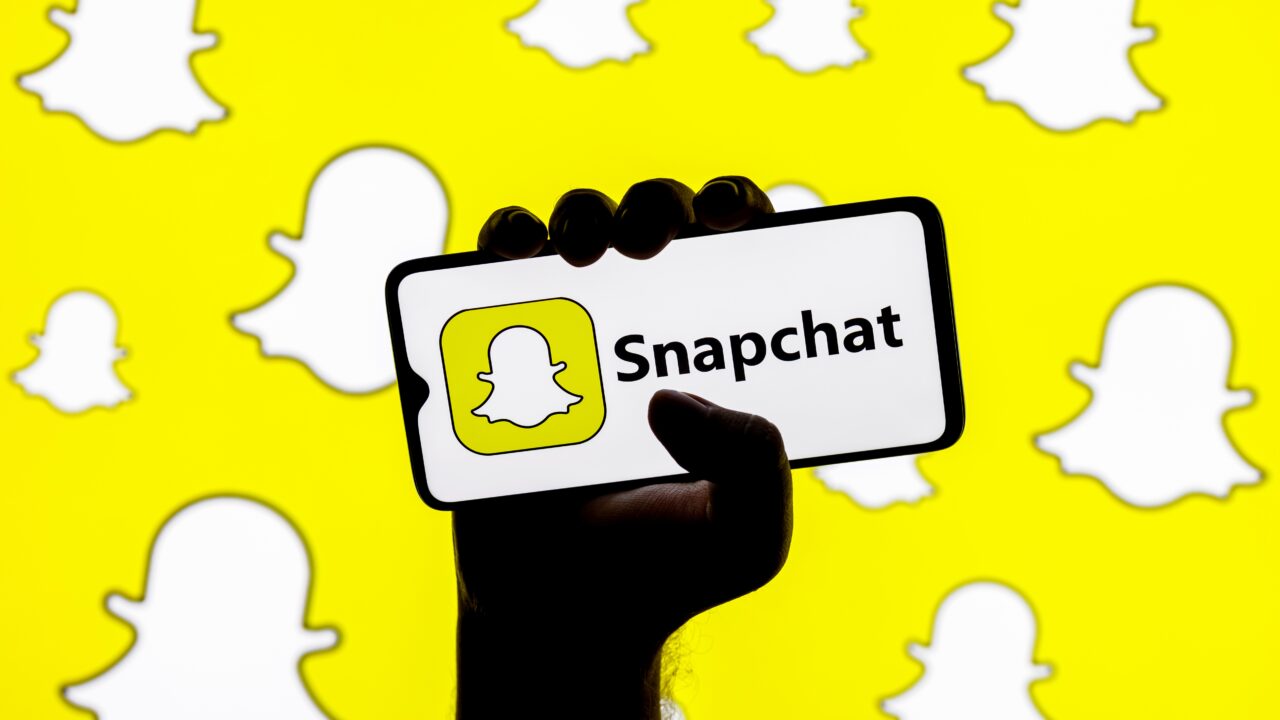
Snapchat Messaging Feature
Snapchat
is a popular social media platform with a unique and fun messaging feature.
However, at the same time, this feature can lead to application dependency in
some people. Snapchat allows you to communicate with your friends via instant
messages, pictures, videos and stories. Users can send text-based messages or
share instant video messages to their friends. Users can take pictures or
videos and send them to their friends. These contents disappear after a certain
period of time. Users can share their daily life or activities as stories.
Stories can be viewed 24 hours a day. You can make communication more fun and
colorful by adding emoji, stickers and filters to messages. Snapchat offers
instant video conversations with your friends. You can create group chats with
multiple friends and share your posts with group members.
Snapchat
App Addiction
Social
media platforms such as Snapchat can lead to overuse and app addiction in some
people. The disappearance of instant content may encourage some users to check
the app constantly. Social approval elements like likes and comments can
encourage users to share more content and get more attention. Notifications and
likes can lead to the release of dopamine in the brain, creating a kind of
reward mechanism and causing users to spend more time. Exposure to other users'
seemingly perfect lives can lead to feeling down or social comparison.
Excessive Snapchat use can cause time management problems. and may limit the
time spent on daily tasks or activities.
What
to Do with Teens Connected to Snapchat App
You
can consider the following steps to help teens who are addicted to Snapchat or
any social media platform. Make sure teens are aware of how much time they
spend on social media platforms. Evaluate the time spent together and review
which areas they spend more time in. Communicate with young people in an open
and understanding way. Talk about why they use social media so much, what
content attracts them so much.